Hoops Rumors is breaking down the 2018 offseason for all 30 NBA teams, revisiting the summer’s free agent signings, trades, draft picks, departures, and more. We’ll evaluate each team’s moves from the last several months and look ahead to what the 2018/19 season holds for all 30 franchises. Today, we’re focusing on the Orlando Magic.
Signings:
-

Standard contracts:
- Aaron Gordon: Four years, $76MM (plus incentives). Re-signed as restricted free agent using Bird rights.
- Isaiah Briscoe: Three years, minimum salary. Partially guaranteed for $500K. Signed using mid-level exception.
- Two-way contracts:
- Non-guaranteed camp contracts:
- Braian Angola-Rodas: One year, minimum salary.
- B.J. Johnson: One year, minimum salary.
- Gabe York: One year, minimum salary.
Trades:
- Acquired the draft rights to Justin Jackson (No. 43 pick) and either the Nuggets’ or Wizards’ 2019 second-round pick (whichever is less favorable) from the Nuggets in exchange for the draft rights to Jarred Vanderbilt (No. 41 pick).
- Note: The Nuggets’ 2019 second-round pick would be sent to Milwaukee if it falls between 56-60, in which case the Magic would receive the Wizards’ second-rounder.
- Acquired Timofey Mozgov and Jerian Grant in a three-way trade with the Hornets and Bulls in exchange for Bismack Biyombo (to Hornets), either the Wizards’ or Nuggets’ 2019 second-round pick (whichever is less favorable; to Hornets), and either the Nets’ or Knicks’ 2020 second-round pick (whichever is less favorable; to Hornets).
- Acquired Dakari Johnson and cash ($1,978,242) from the Thunder in exchange for Rodney Purvis.
- Acquired Jarell Martin and cash ($1,037,980) from the Grizzlies in exchange for Dakari Johnson and the draft rights to Tyler Harvey.
Draft picks:
- 1-6: Mohamed Bamba — Signed to rookie contract.
- 2-35: Melvin Frazier — Signed to three-year, $4.13MM contract. First two years guaranteed. Signed using mid-level exception.
- 2-43: Justin Jackson — Unsigned.
Departing players:
- Arron Afflalo
- Jamel Artis (two-way)
- Bismack Biyombo
- Mario Hezonja
- Shelvin Mack (waived)
- Rodney Purvis
- Marreese Speights
Other offseason news:
- Team owner Richard DeVos died at age 92.
- Hired Steve Clifford as head coach to replace Frank Vogel; finalized coaching staff.
- Will host Bulls, Jazz in Mexico City games during 2018/19 regular season.
Salary cap situation:
- Remained over the cap.
- Carrying approximately $111.6MM in guaranteed salaries.
- $6.75MM of mid-level exception still available ($1.89MM used on Melvin Frazier and Isaiah Briscoe).
- Full bi-annual exception ($3.38MM) still available.
Check out the Orlando Magic’s full roster and depth chart at RosterResource.com.
Story of the summer:
When president of basketball operations Jeff Weltman and general manager John Hammond took over the Magic’s front office in 2017, the expectation was that the two executives would focus on adding length, athleticism, and wingspan to the team’s roster, like Hammond had done in Milwaukee. The new management group has delivered on that expectation, drafting Jonathan Isaac and Mohamed Bamba with its last two lottery picks.
Still, the roster remained caught between two eras, with long-term deals for the likes of Bismack Biyombo and Nikola Vucevic still on the team’s books, and Aaron Gordon – perhaps Rob Hennigan‘s most successful lottery pick in Orlando – eligible for restricted free agency.
While Weltman and Hammond have focused on drafting the best players available that fit their vision for the franchise, those players have overlapped in terms of position with many of the Magic’s highest-paid veterans, creating a logjam in the frontcourt and an odd mix of players on the team’s depth chart.
At some point, the Magic will have to address the roster imbalance, but for now, the club remains focused on compiling as much talent as possible and identifying the long-term keepers from that group. Unlike Hennigan, who went all-in when he acquired Biyombo and Serge Ibaka in 2016, the new Magic decision-makers don’t yet feel any pressure to push for a playoff spot, and the team’s offseason moves reflected their patience.
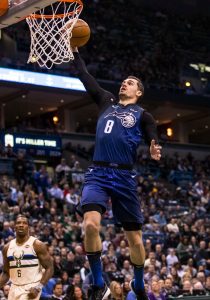

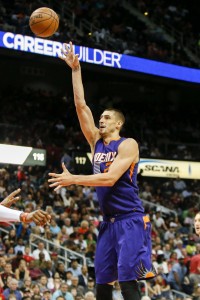

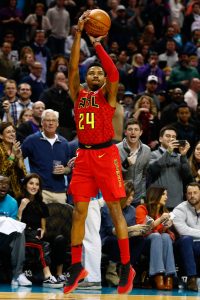
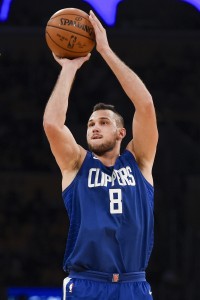

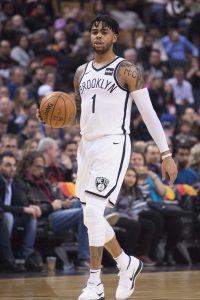 Why the Nets should give him an extension:
Why the Nets should give him an extension: